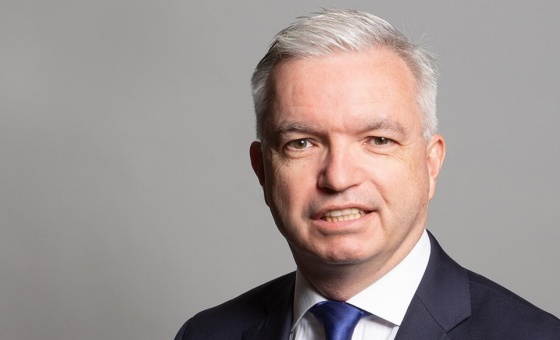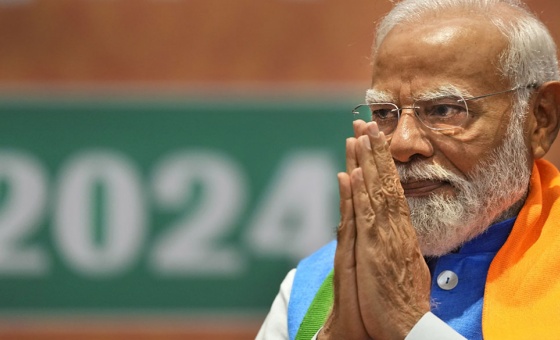This is the last article you can read this month
You can read more article this month
You can read more articles this month
Sorry your limit is up for this month
Reset on:
Please help support the Morning Star by subscribing here
BRAZIL’S football boss Joao Havelange needed a coach who could prove that the chaos and complacency of the 1966 World Cup hadn’t yet destroyed Brazil’s reputation. He wondered who could bring new impetus, rebuild the team, navigate the World Cup qualifiers and, above all, satisfy the fans?
Enter Joao Saldanha, a gloriously authentic personality, whose reign was a wonderful spectacle. Saldanha was a bohemian, communist, coach, journalist and dialectician. His mere presence incited intrigue, political plotting and subterfuge from the CBD, the press and the military, perhaps all the way up to the highest office, that of President Medici. His successes matched his failures and his virtues his flaws. His spats, feuds, cliques, rivalries and total disregard for the political hierarchy led to his own fall.
His personality and tenure with the national team remain shrouded in mystery, even to those who were closest to him. Tostao summed it up: “I adored him as a person. He was emotional and a humanist. He was a dreamer. He was the total opposite of what the establishment wanted of a coach but, on the other hand, he was popular. The CBD and the government wanted to charm. In truth, it was something half schizophrenic, with various sides [to the story], opaque and contradictory. You simply can’t make a logical, correct analysis of his downfall.”
Joao Alves Jobim Saldanha was born on July 3 1917, third son to Gaspar and Jenny Jobim Saldanha, in the village of Alegrete, Rio Grande do Sul, where he spent a formative part of his childhood imbued in the political agitation that so marked the state in the 19th and early 20th century.
“My father was from 1917, from the south, from an elite family,” said his son Joao Vitto Saldanha, a choreographer in Rio de Janeiro. “That was his background. Farming. His thinking was rural. He became refined over the years in Rio de Janeiro − his urban side − but in essence he was a man from the fields, from the farm, from Rio Grande do Sul, from Uruguay. His grandmother was very Catholic. He questioned religion, but you can’t simply break with that conservatism.”
In 1942, Saldanha, alongside his brother Aristides, became a member of the Brazilian Communist Party (PCB), a party that had sprung from the anarchist movement, but remained mostly fractured and marginalised in Brazilian politics, drifting in and out of legality. Even so, it was the dominant force on the left.
The Saldanha brothers broke away from their father’s centrist and liberal convictions. “Joao and Aristides wanted to contribute to society by involvement in an organisation that was an enemy of the dominant class,” said Regis Frati, who joined the PCB in 1968 and met Saldanha for the first time in 1977. “It wasn’t just about fighting inequality, but doing so in the most radical way possible.”
“Like every left-wing militant, Joao Saldanha believed that you need to do the groundwork,” commented Raul Milliet, Saldanha’s nephew.
In the mid-1940s, the party had sent Saldanha to Porecatu in the state of Parana to support peasants in a land dispute with local politicians and the jaguncos — well-armed, lawless henchmen of the big landowners. In 1953 he helped organise the “Strike of 300,000” in Sao Paulo.
Saldanha’s transition to football journalism in the late 1950s was another expression of his Marxist ideas. “Saldanha’s choice for football was his choice for the people,” said Frati. Milliet explained: “As a journalist, Saldanha used popular language and said that football is not the opium of the people, but instead that it’s about the reinforcement of the self-esteem of the Brazilian working class.”
Havelange then did what remains inconceivable when seen through the lens of history: of all people, he trusted Saldanha to become the new head coach, in February 1969. “His appointment was about rescuing the self-esteem of Brazilian football,” said Piazza.
Saldanha’s first press conference was rich in symbolism: a staunch communist and journalist-turned-coach, who made his name by criticising clubs, the Selecao and the CBD, was now representing the establishment in a bid to redeem a national symbol.
“Saldanha should have been the last person to be appointed,” said Tostao. “The political question was weird. Why was Saldanha part of a backroom staff full of military personnel? A communist coach during a military dictatorship, where did that choice come from? And Saldanha wasn’t shy to offer his political opinions.”
Saldanha’s appointment was a break away from the chummy circle of elite coaches. He was different and, whatever his politics, big enough to not be overawed by the Selecao’s mythology. His aura was indisputable: a leader who transcended the tribalism and cliques of Brazilian football. He was the people’s coach.
Havelange’s decision was a masterstroke because he also took the sting out of the critical press. Now one of their own was the national team coach.
“In the Brazilian press, the view prevailed that our football was done — that Brazilian football was totally outdated, that futebol arte had ended and that what counted was physical football, fast football,” explained Tostao. “They wanted a popular figure and he had the sympathy of the people, who liked his style. Saldanha was very firm. The fact that Saldanha was a journalist meant that the press would criticise the Selecao and the CBD less. They thought about this. He was a popular figure, who would create a euphoric atmosphere, who’d contain the press.”
Saldanha inherited a squad that was raw and unbalanced, a mixture of the old, the unfulfilled and the promising, with the Cruzeiro nucleus providing stern competition for the players from both Santos and Botafogo. The contours of a good team were shaping up but the squad needed a firm hand. With aplomb, Saldanha delivered clarity. He didn’t thunder on about shape, tightness, winning battles and other fanciful ideas that coaches believe a match hinges on. He simply picked his team — Felix; Carlos Alberto, Joel, Djalma Dias, Rildo; Piazza, Gerson; Jairzinho, Pele, Tostao, Edu.
Saldanha explained: “Do you want to know what the Brazilian team will be like in my hands? It will be a team of 11 lions! Eleven lions, with a disposition for everything and anything, to win. And we will win, like 11 lions! I want more than lions, I want 11 feras (beasts). Real beasts! Let’s leave the lions aside, their image after those Walt Disney cartoons became a little distorted anyway. There was even a lion camping it up on the screen.”
“He was crazy, right?” chuckled Gerson. “He said what he had to say and screw it, right?
“He said: ‘These are my 11, these are my starters’,” said Jairzinho. ‘And whoever isn’t happy can pack his bags and go home.’ Saldanha was very determined and radical. That was his biggest virtue.”
This is an extract from Brazil 1970 - How the Greatest Team of All Time Won the World Cup (Pitch Publishing) by Sam Kunti, which is out now and available from Amazon and Waterstones.











